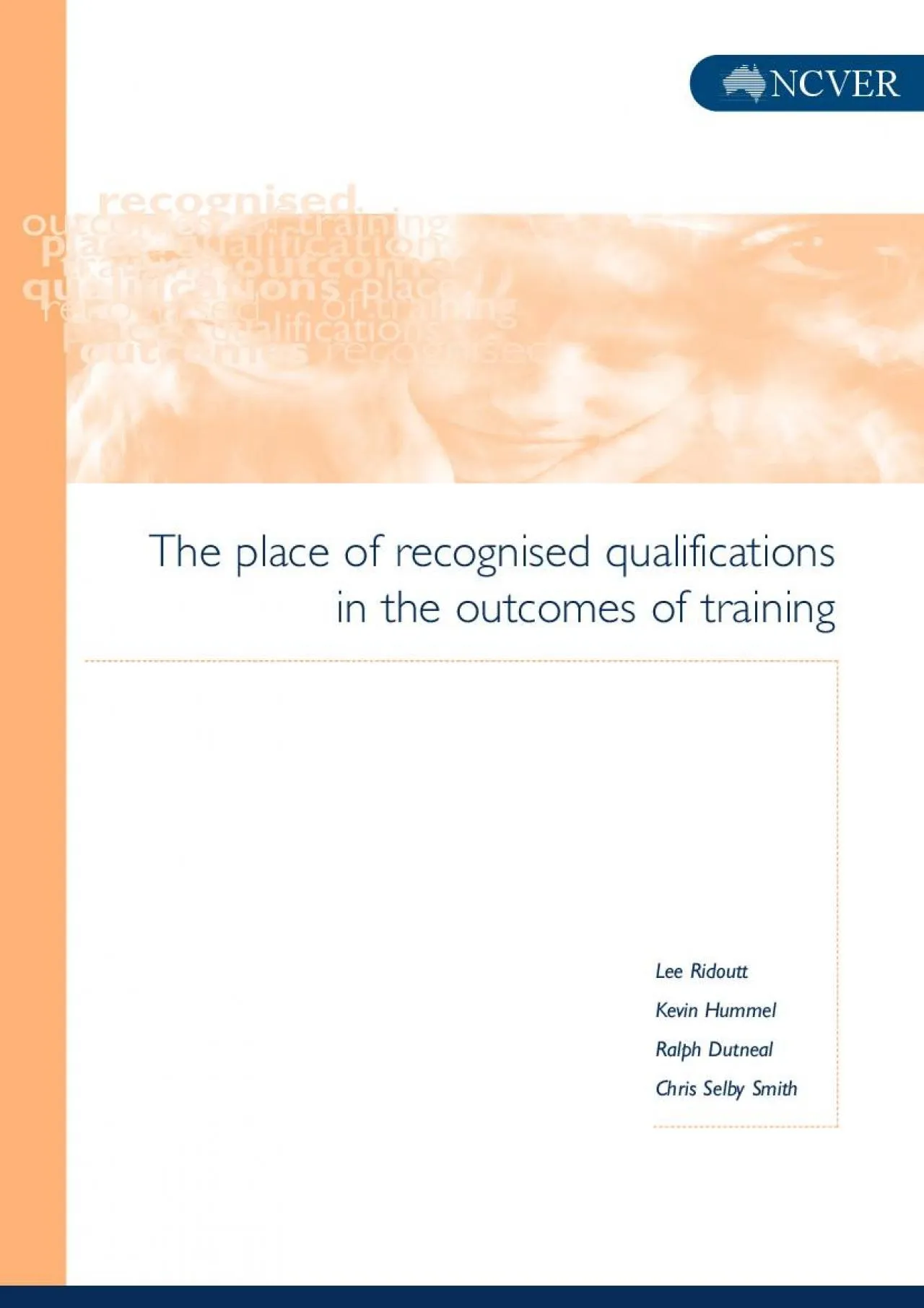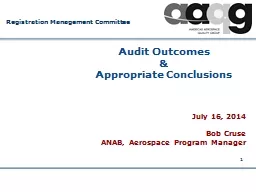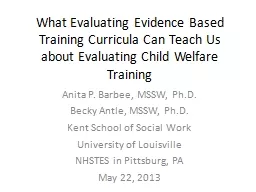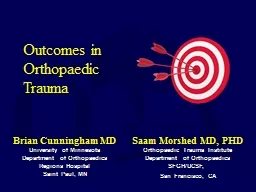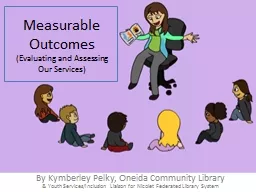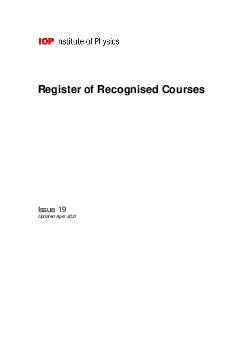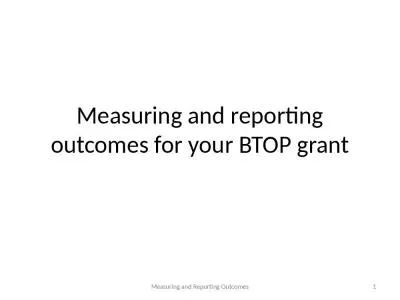PDF-The place of recognised qualificationsin the outcomes of training
Author : bety | Published Date : 2021-10-11
eNeed more information on vocational educationand trainingVisit NCVERs website tpwwwncvereduauxht1x220Access the latest research and statisticsDownload reports in
Presentation Embed Code
Download Presentation
Download Presentation The PPT/PDF document "The place of recognised qualificationsin..." is the property of its rightful owner. Permission is granted to download and print the materials on this website for personal, non-commercial use only, and to display it on your personal computer provided you do not modify the materials and that you retain all copyright notices contained in the materials. By downloading content from our website, you accept the terms of this agreement.
The place of recognised qualificationsin the outcomes of training: Transcript
Download Rules Of Document
"The place of recognised qualificationsin the outcomes of training"The content belongs to its owner. You may download and print it for personal use, without modification, and keep all copyright notices. By downloading, you agree to these terms.
Related Documents

